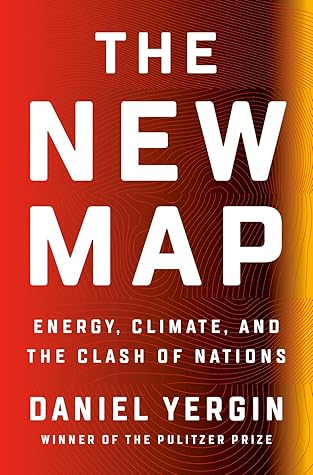hundred miles or more on a charge costs around $11,000, which is expensive and not yet competitive without subsidies. It is thought that at around $100 per kilowatt-hour, the battery would be competitive with the internal combustion engine. The recent MIT study on mobility posits that the gap may not be closed until 2030.28 There is much debate as to how much further these costs can come down without technical breakthroughs. One path is through greater scale in manufacturing, and new factories are being added at impressive rates. But there are also concerns around the supply chain of some
...more
This highlight has been truncated due to consecutive passage length restrictions.


